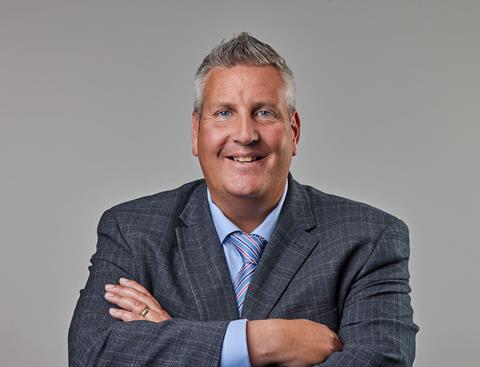Over the last few years, we have seen the rapid growth in demand for efficient urban logistics driven by a confluence of factors, such as congestion, population growth and density, as well as sustainable traffic measures like ULEZ. As our cities become increasingly pedestrianised, with cafes and restaurants spilling onto the streets and shopping districts expanding, the strain on urban logistics mounts.

Take London, for instance, long notorious as one of the most congested cities in the world. The labyrinth of construction sites, cycling lanes and one-way street restrictions – combined with a growing population – makes the city centre a complex logistical web. Yet, within this chaos, there is opportunity linked to the rise in online shopping and the demand for click & collect services – which, in turn, further necessitate the need for efficient urban logistics.
At GXO, we fully understand this need and know how to address it – as demonstrated by several of our major strategic projects delivered over the years. One of them, the Regent Street urban consolidation operation, is operated in collaboration with The Crown Estate in central London.
Regent Street has long been a beacon of retail excellence. However, as with any popular destination, it grapples with its own set of challenges. The most pressing among these is the high congestion that comes with popularity, a factor that inevitably takes a toll on the shopping experience and consumer satisfaction.
Faced with these constraints, The Crown Estate sought a delivery solution that would not only alleviate traffic but also enhance footfall and enable retail staff to focus on their primary role – selling. The quest for an answer led GXO to work in close collaboration with local retailers and embark on an innovative approach.
The solution was a consolidation centre, a single hub that brought together deliveries dispatched from various suppliers. Situated conveniently outside the congestion charging zone, this centre amalgamated deliveries with other West End companies. This consolidation approach was transformative, transforming a previously complex and inefficient system into a streamlined, effective operation.
Vehicle movements to participating stores were slashed by up to 85%, dramatically reducing traffic. For retailers, the need to keep stock was significantly reduced, freeing up valuable space for retail operations. And consumers benefited from enhanced shopping experience – with reduced traffic and pollution.
The efficiencies can also be delivered with the help of value-added services. Our urban clients, in particular, benefit from Clicklink – our click and collect solution – which allows consumers to collect goods ordered online at retail stores seven days a week, bringing convenience to consumers and much needed footfall to retailers. This solution is very much about collaboration, with over 40 retailers and brands using it, taking advantage of more agile and cost-effective logistics. Clicklink is also fully integrated into GXO’s returns management capability, which facilitates the rapid release of inventory to enable retailers to maximise margin on returned stock.
Equally important, is keeping urban logistics sustainable. In addition to our targeted solutions, GXO has a transport offering and we are committed to driving down fleet emissions by maximising our shared transport network, implementing AI-powered route optimisation and trialling eco-friendly fuels and electric vehicles.
As our cities evolve, so too must the approach to logistics. Through the implementation of efficient, sustainable solutions, we can deliver a smarter and greener future for our cities and ensure a more enjoyable experience for all.
Chris Hyde, MD – convenience and food services, GXO













